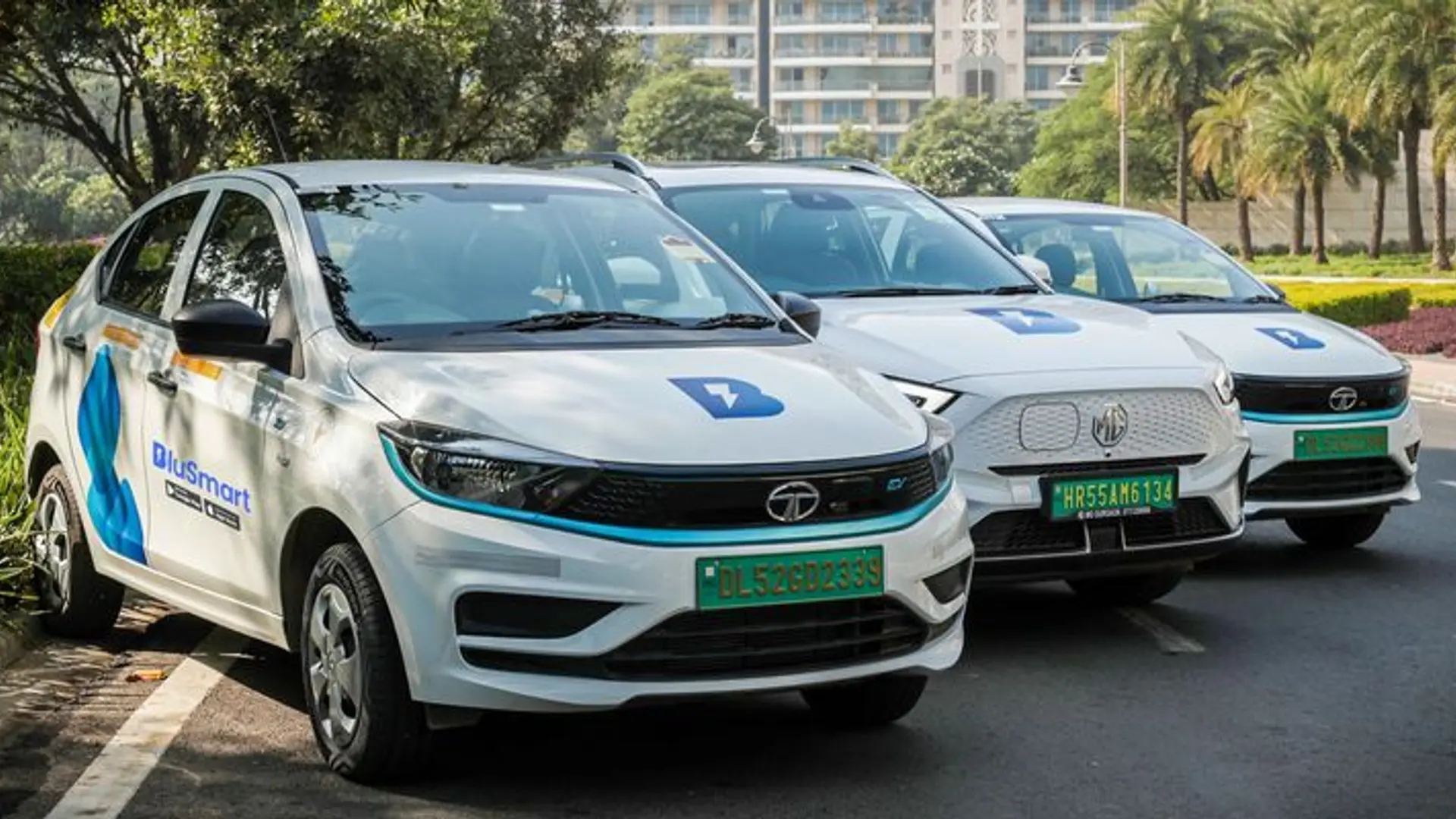
Cisco
View Brand PublisherCisco’s healthcare solutions help hospitals go paperless & remotely reach more patients in smaller towns
Today, businesses across sectors are learning that they need to pay a huge amount of attention to digitally-savvy end-consumers, and it’s the same in the case of the healthcare industry as well. However, the difference here is that unlike other industries, which are largely driven by single purchase experiences, the customer journey in healthcare is more long-term and complex considering that the critical aspect of human health is involved. Large hospitals now need to cater to patients used to superior technology-driven experiences in their daily lives and expect a similar takeaway even from their healthcare journey.
According to PWC research, hospitals are amalgamating technologies like AI and IoT with the human touch to reduce the time that medical personnel spend on administrative tasks, leaving them with more time to focus on quality care for patients.

Digital disruptions in the healthcare sector range from remote clinics connected with large urban hospitals, telemedicine, wearables, smart patches, and even everyday devices such as smartphones, which are empowering both patients as well as doctors like never before. We have collaboration tools that support voice, chat, video, and document sharing and offer doctors a 360-degree view of the patient in another location thousands of miles away in real time. In fact, today there are even platforms that allow surgeons from anywhere in the world to remotely ‘scrub in’ and provide ‘hands on' virtual guidance during critical surgeries by using something as ubiquitous as a smartphone with a camera.
A strong backbone to go digital
Traditionally, some of the challenges for healthcare providers included cumbersome and time-taking administrative processes, the existence of crucial data and information, such as patient records, in silos across multiple departments and stakeholders, and the vulnerability of this data to theft and attacks. This understandably created complications and challenges, both from a patient’s perspective as well as the hospital’s.
But today, digitalisation has made it possible for hospitals to create a safer and more patient-centric approach, that leads to a more efficient workflow, accurate diagnostics, better decision-making, reduced patient turn around time (TAT) and overall, a more wholesome experience for all stakeholders – patients, doctors and the hospital management.
A strong digital services backbone is essential for today’s healthcare providers to deliver accurate, effective and timely service, and Cisco’s expertise across solutions for automation, collaboration and security gives them a platform to do this. Using this, healthcare providers can seamlessly make the transition from their legacy services to next generation services for the modern era patient.
Large healthcare providers are now looking to consolidate their IT infrastructure, automate their processes, build apps for these processes, bring in visibility on how data is utilised and to improve the security of this data.
The paperless hospital concept is fast gaining ground and is becoming a priority both from the perspective of offering a seamless experience, as well as ensuring the security of valuable patient data. Automation is another area of focus since less manual intervention means fewer manual errors and better outcomes. There is a lot of focus on the mobility front as well as hospitals are turning to mobile apps for a host of functions -- from booking appointments, diagnostics to delivering results. Mobility and wireless solutions are critical for the customer today. And digitalisation is helping to bring together all this, to enable a paperless hospital.
Apart from the standard set of healthcare offerings, Cisco has a comprehensive set of solutions that meet the entire digitisation needs of its healthcare customers. From security solutions to mobility and networking solutions, Cisco and its ecosystem partners take care of the entire backend. These come with open APIs and can be tailored depending on the requirement of the particular hospital.
Now more people can access quality healthcare without having to travel
Advances in healthcare technologies are helping expand the reach of crucial healthcare services improving overall health outcomes for more people. Today, a specialist sitting in a metro has the capability to remotely diagnose a patient in a Tier 2 or Tier 3 city in real-time and prescribe a course of action, without actually meeting them face to face.
And this is especially relevant for countries like India. According to statistics from the World Health Organization (WHO) and the Union Ministry of Health, India has seven doctors per 10,000 people. Added to this is the fact that nearly 70 percent of India's population lives in rural areas, while the majority of doctors and specialists are in urban areas. This means patients have to spend a huge amount of time and money and travel long distances to get to cities where they can access quality healthcare. But with the advent of telemedicine and remote patient monitoring, technology has become the crucial bridge which brings home quality healthcare to people at their doorstep.
Two and a half years ago, as part of its CSR activities, Cisco collaborated with a large multi-speciality hospital chain headquartered in Bengaluru to deploy its remote healthcare management suite in a few villages. Preliminary villages identified for this pilot were located a couple of hours away from towns where the hospital had a presence. So, during preliminary diagnosis, if the doctor at the village level felt that the patient needed to be referred to a doctor at the larger centre, he or she could use the telemedicine solution to do that. The customer was very happy with the effectiveness of this solution to reach out to more patients and plan to set up more telemedicine centres across India.







